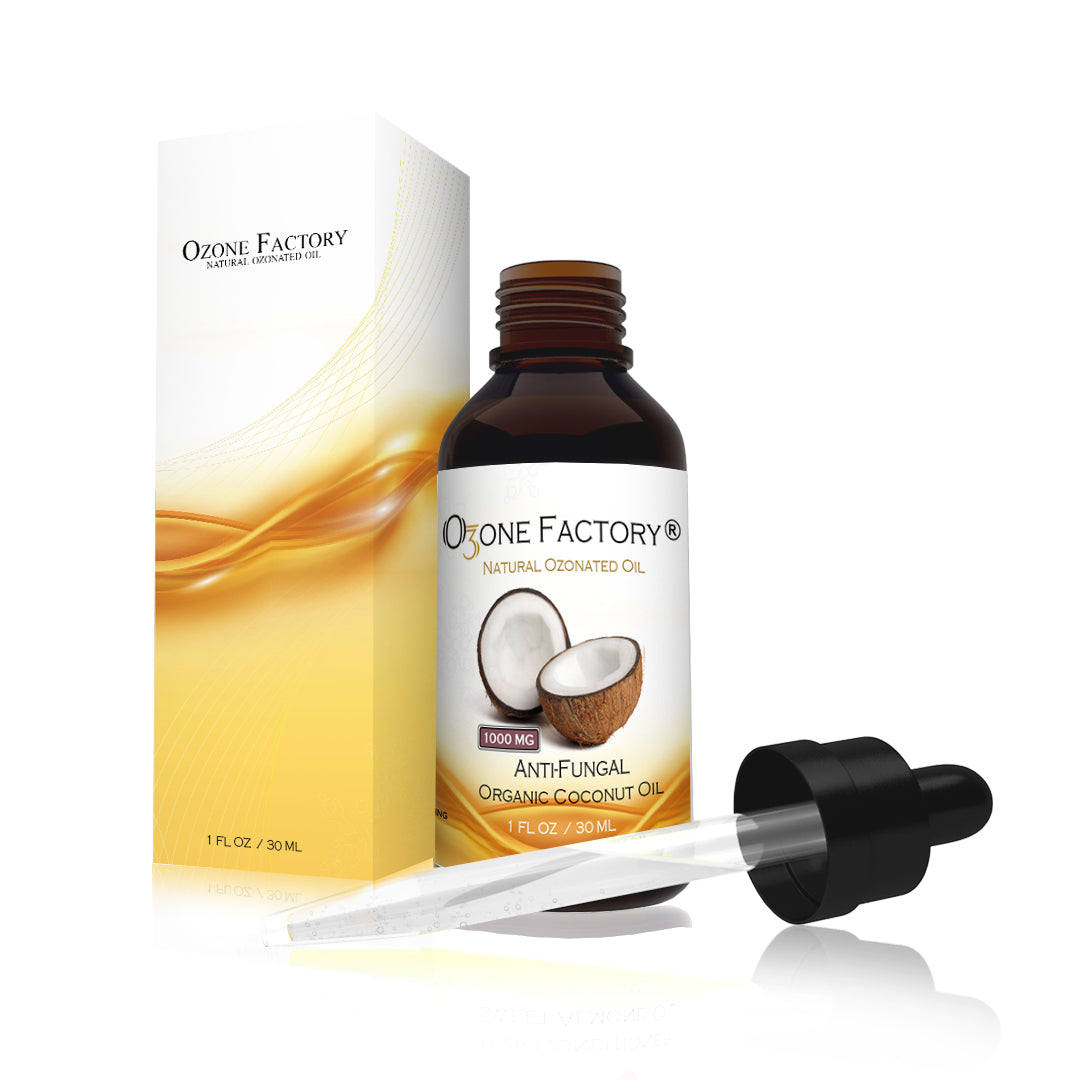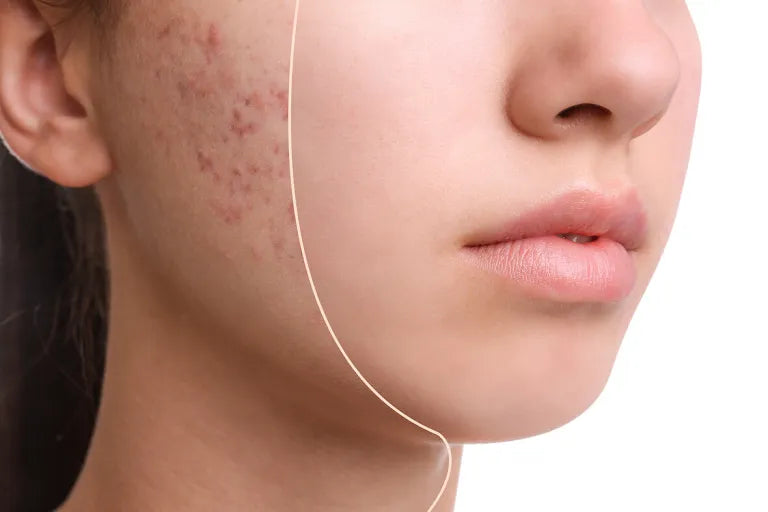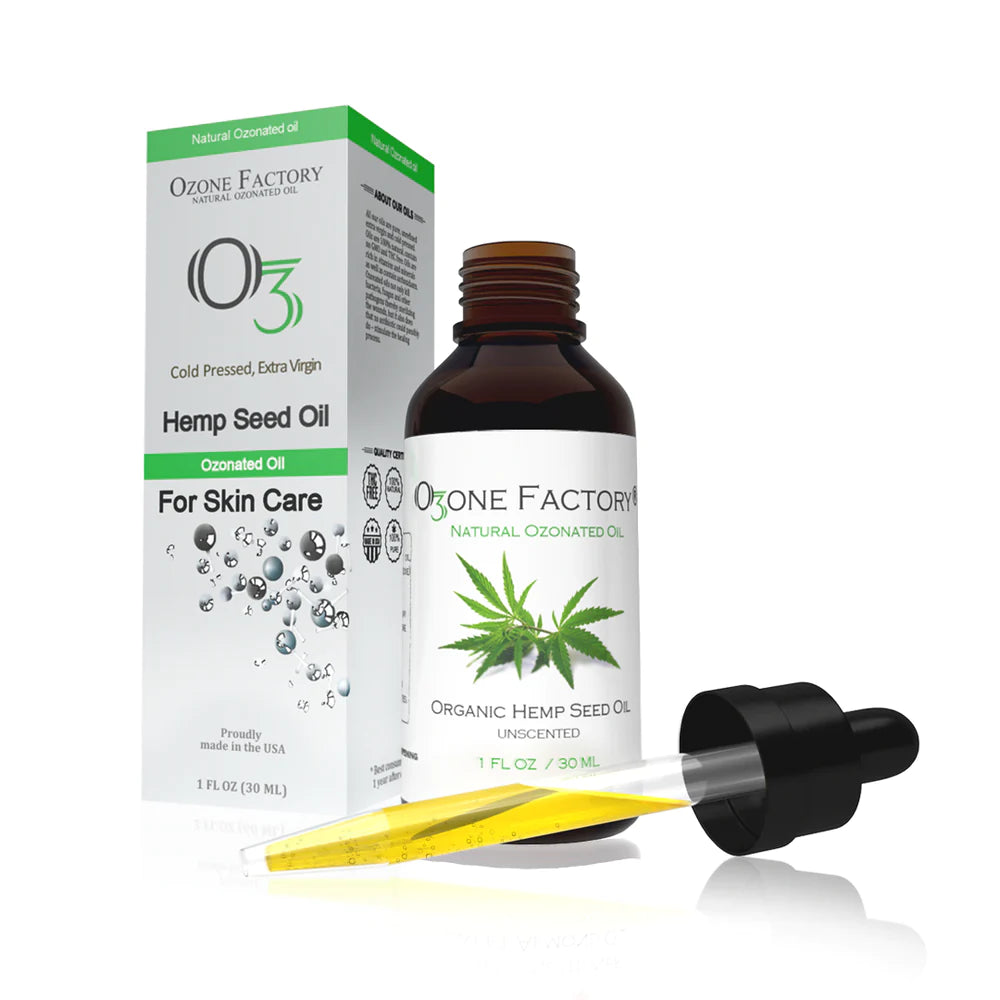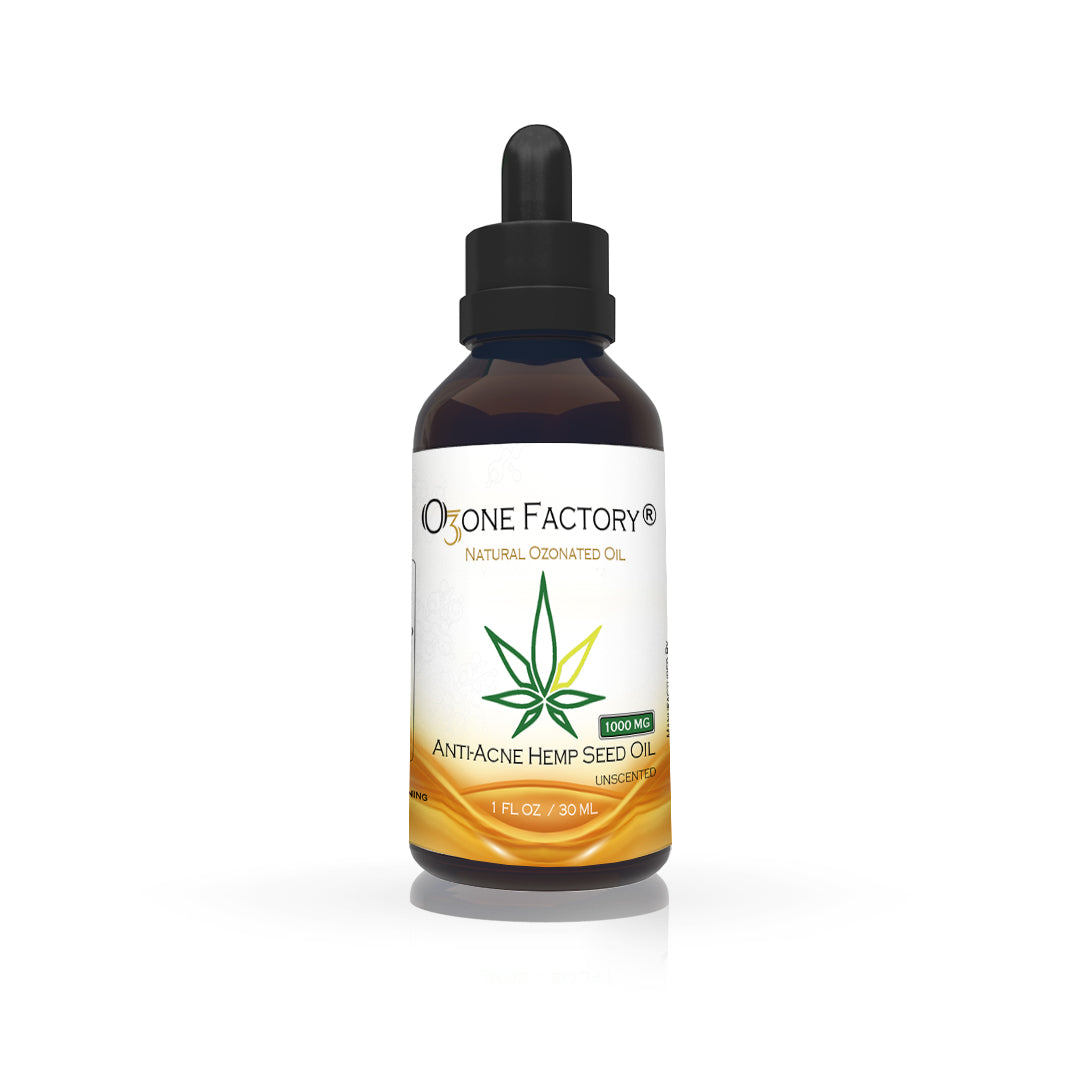
Definition
Psoriasis is an inflmmatory rash with increased epidermal proliferation (acanthosis) resulting in an accumulation of stratum corneum (scale). The etiology is unknown.
The clinical appearance is that of sharply demarcated,
erythematous papules, patches, and plaques, surmounted
by silvery scales.


Breast skin, courtesy of Mark R. Wick, M.D.

Photomicrograph showing the layers of thick
skin. This specimen obtained from the skin of the sole of the foot
(human) shows epidermis (Epi) containing the extremely thick
stratum corneum (SC). Remaining layers of the epidermis (except
for the stratum lucidum, which is not present on this slide)—that is,
the stratum basale (SB), the stratum spinosum (SS), and the
stratum granulosum (SGr)—are clearly visible in this routine H&E
preparation. The duct of a sweat gland (D) can be seen on the left
as it traverses the dermis (Derm) and further spirals through the
epidermis. At the sites where the ducts of the sweat gland enter
the epidermis, note the epidermal downgrowths known as
interpapillary pegs. The dermis contains papillae, protrusions of
connective tissue that lie between the interpapillary pegs. Note
also the greater cellularity of the papillary layer (PL) and that the
collagen fibers of the reticular layer (RL) are thicker than those of
the papillary layer.
Incidence
Some 2–5% of Caucasian and 0.1–0.3% of the Asian
populations are affected by psoriasis. Onset may occur at
any age but is most common in adults, with an average
age of 35 years. Affecting 1% to 2% of individuals residing in the United States. Recent epidemiologic studies have shown that psoriasis is associated with an increased risk for heart attack and stroke, a relationship that may be related to a chronic inflammatory state. Psoriasis also is associated in up to 10% of patients with arthritis, which in some cases may be severe.

A. Well demarcated, erythematous plaque with
silvery scales involving the elbow. B. Epidermis – hyperkeratosis, acanthosis
with elongated rete pegs, and infitration by neutrophils, forming
microabscesses in the stratum corneum. Dermis – capillary proliferation
with perivascular inflmmation.
History
The disease usually starts gradually, although occasionally it is explosive in onset or exacerbation. The sudden appearance of multiple small (guttate) lesions of psoriasis in a generalized distribution is often preceded by a streptococcal throat infection. In patients with severe sudden onset or rapidly worsening large-plaque psoriasis, a predisposing human immunodefiiency virus (HIV) infection should be considered: 1% of patients with acquired immune defiiency syndrome (AIDS) develop severe psoriasis, and sometimes the psoriasis is the presenting manifestation of AIDS. Other aggravating factors that have been implicated in psoriasis include trauma to the skin that precipitates a psoriatic lesion (Koebner phenomenon) and emotional stress, which, although diffiult to document scientifially, is believed by many patients to be a contributing factor. A few drugs have been found to aggravate psoriasis. Lithium is the best proven culprit, but beta-blockers and nonsteroidal antiinflmmatory drugs have also been implicated. Itching (psoriasis is derived from the Greek word for ‘itching’) ranges from mild to severe. A family history of psoriasis can be elicited from approximately one-third of patients.

Typical distribution of psoriasis – elbows, knees, scalp,
and intergluteal cleft.
Pathogenesis
Psoriasis is a T cell-mediated inflammatory disease, presumed to be autoimmune in origin, although the antigens are not well described. Both genetic (HLA types and other susceptibility loci) and environmental factors contribute to the risk. It is unclear whether the inciting antigens are self-antigens, environmental antigens, or some combination of the two. Sensitized populations of T cells home to the dermis, including CD4+ TH17 and TH1 cells and CD8+ T cells, and accumulate in the epidermis. These cells secrete cytokines and growth factors that induce keratinocyte hyperproliferation, resulting in the characteristic lesions. Psoriatic lesions can be induced in susceptible individuals by local trauma (Koebner phenomenon), which may induce a local inflammatory response that promotes lesion development. Genome-wide association studies (GWAS) have linked an increased risk for psoriasis to polymorphisms in HLA loci and genes affecting antigen presentation, TNF signaling, and skin barrier function. Several loci also are associated with the development of psoriatic arthritis, a more severe complication of this disease.Psoriasis treatment with ozonated oil

Recently a groupe of researcher (Zhong Nan Da Xue Xue Bao Yi Xue Ban. 2018 Feb 28) compared the efficacy and safety between ozonated oil and compound flumethasone ointment in the treatment of psoriasis vulgaris. The conclusion they reached is that ozonated oil treatment for stable psoriasis is safe and effective, and its efficacy is equivalent to the effect of glucocorticoid topical preparations. https://www.ncbi.nlm.nih.gov/pubmed/29559602
Ozonated oil increases the speed and effectiveness of recovery as it cleans and sterilizes your skin, acts as a moisturizing conditioner, and reduces swelling and redness. The ozone triggers the body to create enzymes that regulate skin growth and healing.
Research suggests ozonated oil absorbs deep into your skin. It appears to calm nerves and reduce pain and approaches the condition at the cellular level, improving cellular function and cellular memory for a better overall healthy skin. For psoriasis sufferers, this could mean faster relief of red patches of itchy skin, inflammation, and scaling.

Minim treatment course 14 days!!






